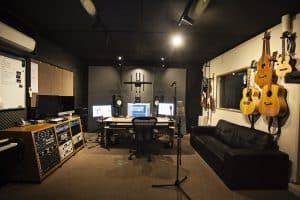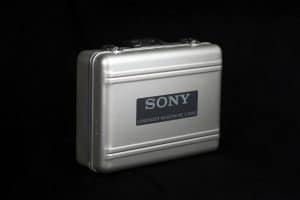Sydney Recording Studio: West Africa features West African music. No surprise, huh? Yeah, you could dance to it, and you should. Really, you have to! In the European-based musical traditions, we think of things like instrumental music, singing, and dancing as separate things, but that’s not the case everywhere. In West Africa, for example, dancing is inseparable from other parts of musical performance.
So, as you can guess, West African music is, in some ways, a bit different from what we’re used to. In other ways, it’s pretty similar, and that’s because traditional West African music played a major role in the Afro-Caribbean songs that eventually moved to the United States and became jazz music. So, some of it may sound familiar. But, really, as long as it’s got a beat and you can dance to it – that’s what it’s all about.
Sydney Recording Studio: West African Rhythm
Now, West Africa is a large place, and its full of diverse people with diverse musical traditions, so we’re obviously not going to be able to cover all of it. In general, however, West African music can be characterized by two things. The first is rhythm, a repeated pattern in music and the defining aspect of West African music.
West African songs are polyrhythmic, which means that they feature two or more conflicting rhythms. Traditional European music has one main rhythm, not the case in West Africa. These songs create layers of distinct rhythms on top of each other.
Sydney Recording Studio: West African Cross-Rhythms
The most common form of polyrhythmic structure in this region is called the cross-rhythm, which is characterized by the hemiola, a rhythmic pattern where three beats are played over two beats in the same space. It is the most common form of cross-rhythm found throughout West Africa, but again, this is a simple beat by African standards. We start with the hemiola, then build more rhythms on top of it.
Sydney Recording Studio: West African Percussion Instruments
So, how do we create these layers of complex, juxtaposed rhythms? Well, for one thing, percussion instruments are pretty important to West African music. We’ve got shakers, rattles, tambourines, cymbals, sticks, and, of course, drums. Two of the most common types of drums are the djembe and the talking drum, so called because the musician can actually control the pitch to mimic the sounds of the human voice, which is pretty cool.
Drums are pretty important to West African music, but these musicians actually use another instrument as well to create polyrhythmic songs: their bodies. This is where dance comes in. Clapping and stepping are often used to create one or more layers of the rhythm. For example, in the hemiola, that pattern of three beats over beats of two, traditionally the feet are used to keep the primary beat, while the hands play the secondary beat on an instrument. See what I mean about dance and music being inseparable?




